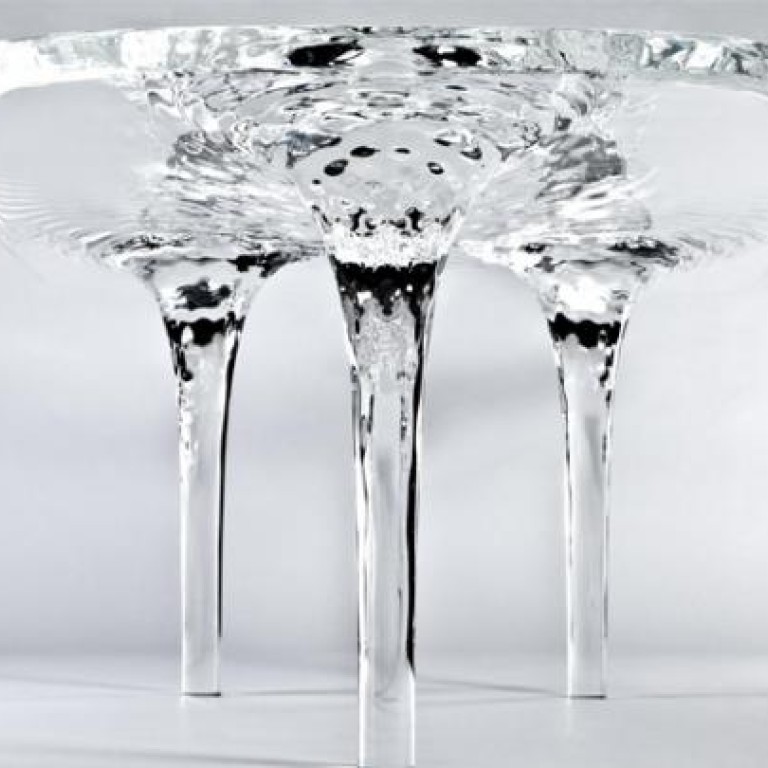Advertisement
Advertisement

Flaunt it: Plexiglas
Kavita Daswani
It's light, strong, transparent and resilient, it goes by a few names and it is popping up in the collections of top-notch international designers.
Plexiglas, acrylic glass, Lucite, Lexan, Perspex - the differences between them are slight and technical but the overall aesthetic is the same: it should look as clear as glass but have the strength and lightweight appeal of plastic.
Acclaimed London-based architect Zaha Hadid (zaha-hadid.com) recently unveiled her Liquid Glacial table, which looks as intriguing as the name suggests: the surface of the polished plexiglas looks like ripples, pouring into the legs, which resemble icicles. The piece can be ordered from David Gill Galleries (www.davidgillgalleries.com) in London; the price is available on request.
Nina Petronzio, co-founder of Los Angeles-based interiors company Plush Home (plushhome.com) recently introduced a line of acrylic cocktail tables. Priced from US$5,000 to US$10,000, they are made to order and can be shipped internationally.
"Acrylic furniture is extremely challenging to utilise in traditional design schemes, but when used appropriately it serves as a great method to break up areas that are heavy in wood or upholstery," Petronzio says. "For a project in Bel Air, I chose acrylic for the coffee tables in order to better showcase the beautiful custom rug we installed, and to keep the small space from feeling confined with heavy wood pieces."
Sometimes, the applications can be surprising. French designer Inga Sempe (ingasempe.fr) has created the Trame mirror, a reflective wall decoration that doubles as a partial mirror through the use of strips of self-adhesive rigid plexiglas. The piece retails for HK$585 through La Corbeille (lacorbeille-shop.com)
Acrylic glass has been used in furniture design since the mid-20th century, says Rene Estacio, a New York-based furniture designer and a faculty member at the New York School of Interior Design.
"It's easy to handle and process, and is cheap, thereby making it a versatile material for manufacturing furniture and home accessories - even your fish tank." he says. "The only drawback to this material is that it scratches."
Still, Estacio agrees, it is finding new appeal among modern designers.
"I see a whole sub-group of furniture [designers] using this material," he says. "The reflective quality of the material, when polished, appeals to a large audience."
Sometimes, the use of plexiglas has been outrageously glamorous. Paris-based designer Liana Yaroslavsky (lianayar.com) has turned a plexiglas box into a fascinating coffee table filled with decadent and even outlandish items - Murano glass chandeliers, antique tapestries, bohemian crystals. Inquiries for custom orders can be directed to Yaroslavsky via her website.

Post
